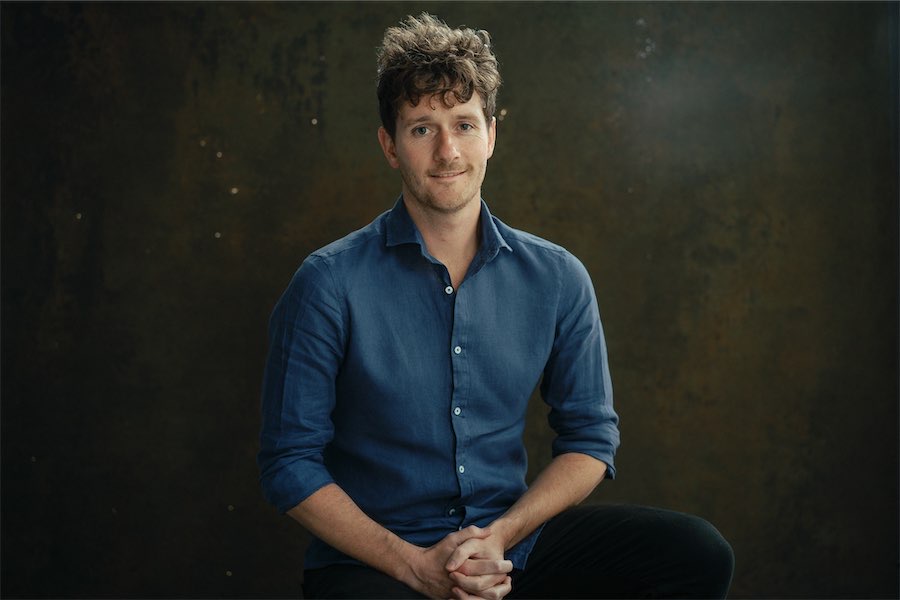
IN its 60 years, “Vogue Australia” has been much more than just a glossy magazine guide to fashion – it’s been a barometer of social change.
Now the National Portrait Gallery is acknowledging its significance in a new show, “Women in Vogue: Celebrating sixty years in Australia”, presented in collaboration with “Vogue Australia”.
Along with 600 or more covers from the Australian archives starting with the first edition of “Vogue Australia” in 1959 to the present, the 60-year retrospective will also include photographic portraits of contemporary celebrities such as Nicole Kidman, Cate Blanchett, Elle Macpherson, Margot Robbie, Miranda Tapsell and Kylie Minogue.

“Vogue Australia” editor-in-chief Edwina McCann says: “’Vogue’ has photographed politicians, princesses, role models, champions, truth-tellers, storytellers, change-makers and tastemakers, all of whom you will discover in this exhibition.”
Aimee Board, an NPG curator working on the show, is not about to distinguish the truth-tellers from the storytellers, but brings “CityNews” up to speed on the scope of the show.
She’s especially entranced by the three dresses they’ve acquired for the show.
One is a black and white striped satin caftan by Magg of Melbourne, Dame Zara Holt’s label, on loan from the National Gallery of Victoria. That’s also included pictorially in a “Vogue” feature from October, 1967, alongside international designers Lanvin, Enzo, Oscar de la Renta and Babs Radon.
Then there’s a “cut out” dress (also from the NGV) by designer Martin Grant, who briefly studied sculpture at the Victorian College of the Arts before establishing his studio in Paris.

But the best pieces are undoubtedly former foreign minister Julie Bishop’s white “resignation dress” designed by Ted Baker and on loan from Bishop, and the sparkling red shoes she wore while announcing her resignation (from the Museum of Australian Democracy, which now owns the shoes). Board believes they are a symbol of female empowerment.
Presented as a three-part narrative: “Looking Back,” “Looking Out” and “Looking Forward,” the exhibition, serves “to signal shifts in culture and identity.”
That “Vogue” has always kept up with currents trends is evident from its covers.
In the “Looking Back” section, Board suggests many early models on the covers are mere “human mannequins” used to show off hairstyles, accessories, hats and make-up.
She indicates the cover of the first “Vogue Australia” in 1959, photographed by Norman Parkinson, shows a vacuous blonde under “Hollywood lighting”, the preferred style for famous international photographers from this era.
But the images show that change was afoot in the ’50s and ’60s, with the classical lines of couture houses, the cinched-in waists and the low hemlines all bending to the sexual revolution.
“The youth of the day rebelled,” she says, pointing to controversy surrounding the more curvaceous bodies and the “Soho Boho” look of the ’70s, reflected in the covers.

Also in “Looking Back” the magazine’s business history is illuminated in material related to Bernard Leser, the publisher of “Vogue” from 1959 to 1972 and “Vogue Living” from 1967).
Born in Germany, his was a story of survival, he left school at 15, became a cutter, later a shoe salesman then a traveller marketing fabrics before rising to dizzying heights in the UK, the US and here. Happily, the NPG holds a portrait of him by Judy Cassab, displayed in Gallery 5.
Another historical focus will be on Mary Rossi, the first Australian woman to have her own television program. Screened weekly on ABC between 1956 and 1963, Rossi’s “Woman’s World” was pitched primarily at housewives interested in balancing beauty and style with domestic responsibilities. In 1960, while outlining new creations by designers including Nina Ricci and Dior, she opined: “Each designer introduces something controversial into his collection just for the sake of controversy”.
In “Looking Out”, the film world and the rise of celebrities is covered, with confident figures such as Crown Princess Mary of Denmark, actress Mia Wasikowska, designer Heidi Middleton, Elle Macpherson and Nicole Kidman taking Australia to the world stage, indicating how far women have evolved from the human mannequin and highlighting how different women have broken through the glass ceiling.
“‘Vogue’ has always had a tricky role in body image,” Board says. “They showed Amazonian Elle, but then again, Miranda Tapsell and Kylie Minogue are ‘pocket rockets’. And there are also more informal pictures showing Nicole Kidman with her children.”
The final section, “Looking Forward,” shows “Vogue” helping to redefine Australian womanhood, taking in the idea of four millennial women signalling diversity, including South Sudanese-Australian model Adut Akech photographed by Charles Dennington and Bosnian-Australian transgender model Andreja Pejic photographed by Patrick Demarchelier.
“Women in Vogue: Celebrating sixty years in Australia”, National Portrait Gallery, October 11-November 24. Book at portrait.gov.au
Who can be trusted?
In a world of spin and confusion, there’s never been a more important time to support independent journalism in Canberra.
If you trust our work online and want to enforce the power of independent voices, I invite you to make a small contribution.
Every dollar of support is invested back into our journalism to help keep citynews.com.au strong and free.
Thank you,
Ian Meikle, editor




Leave a Reply